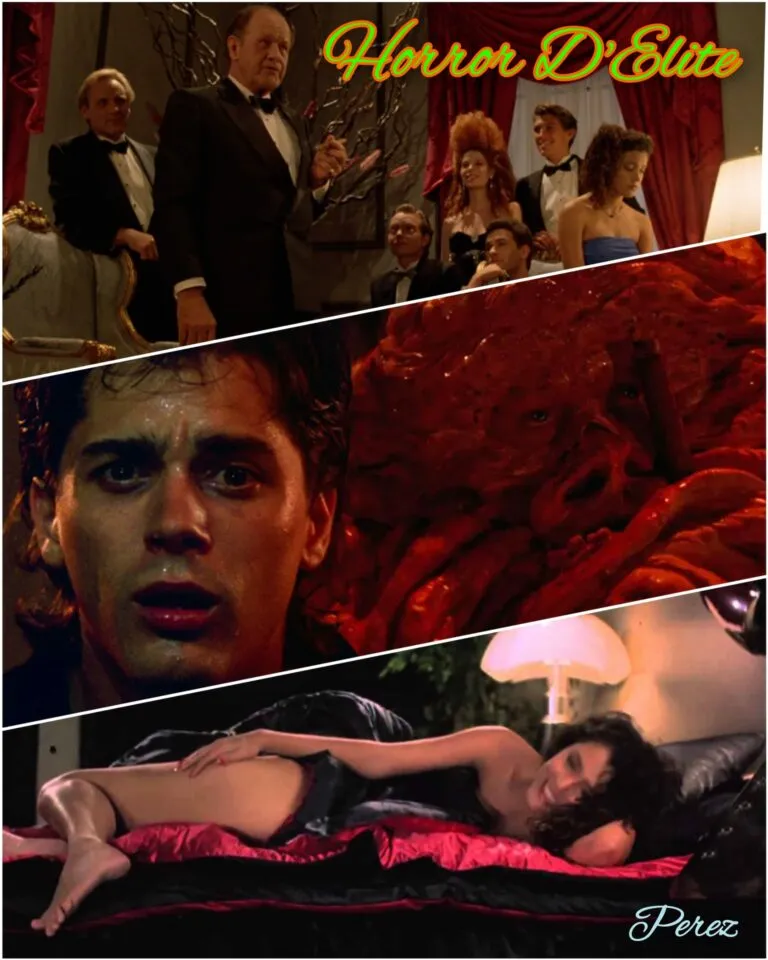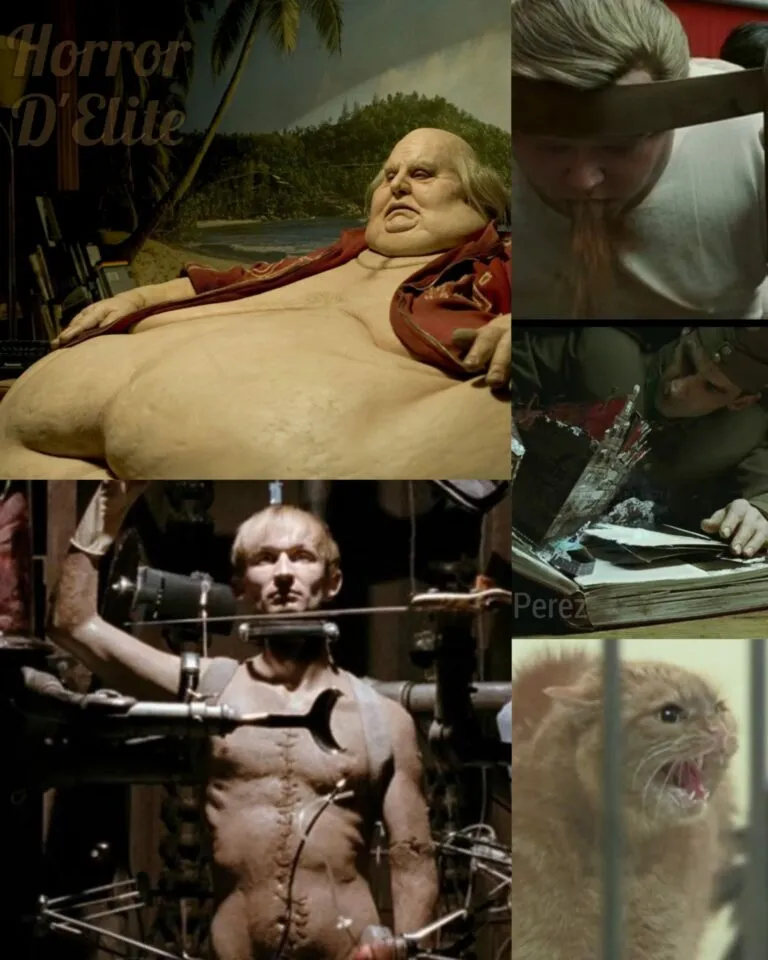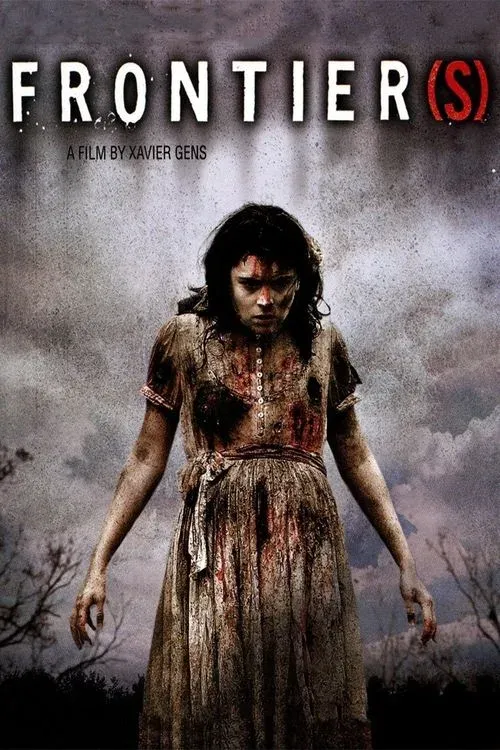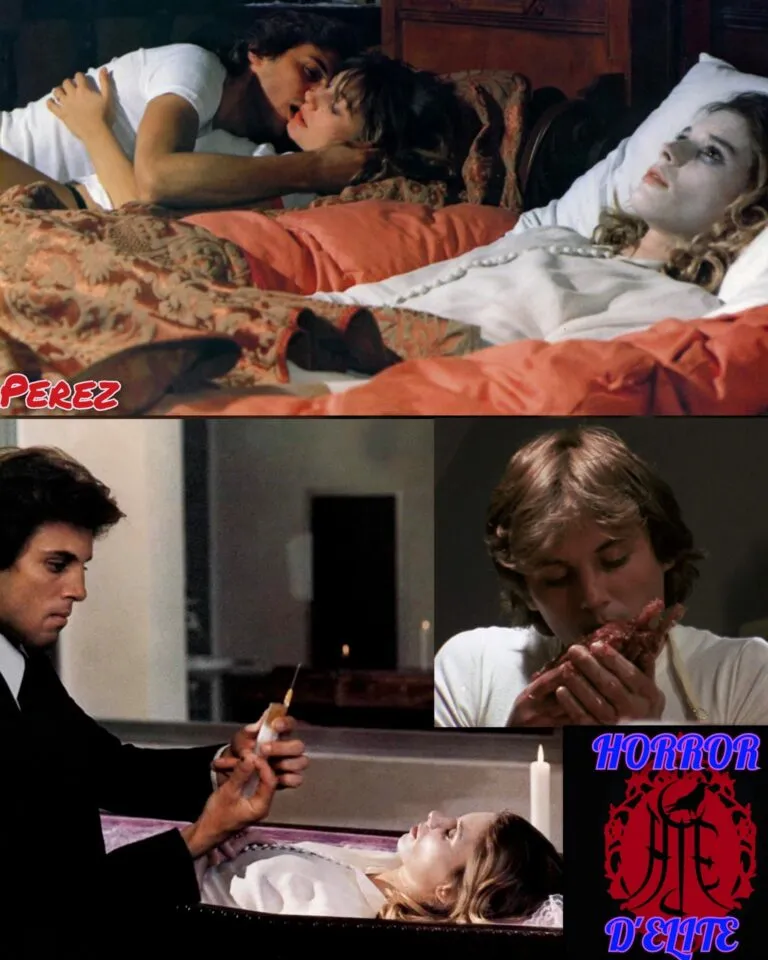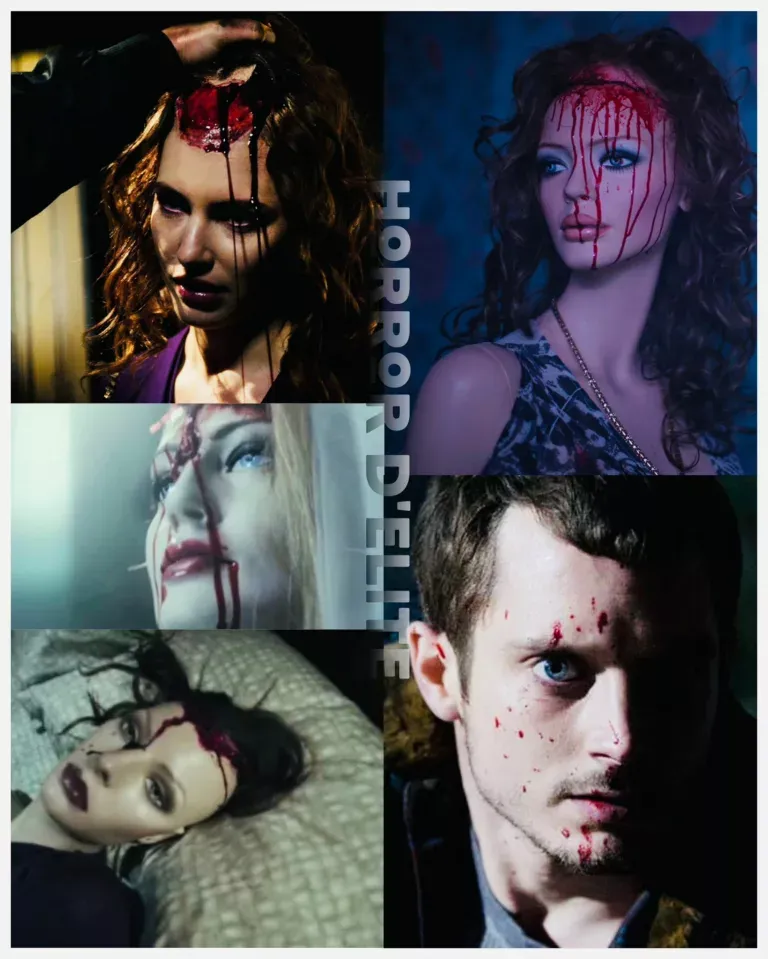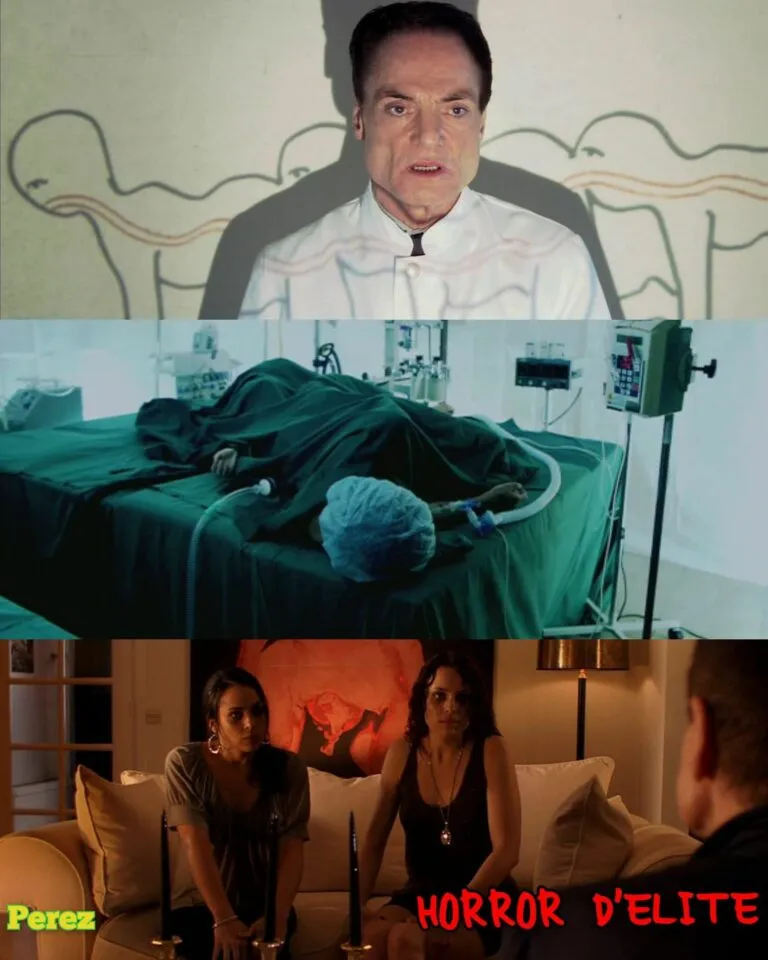Ichi the Killer – 殺し屋1
Ichi the Killer Titolo originale: 殺し屋1
Directed by Takashi Miike
Japan, 2001
PLOT
Yakuza boss Anjo mysteriously disappears along with 100 million yen after spending the night with a prostitute. His top men, Kakihara, Kaneko, and Takayama, search for him and discover that he has been killed by a hitman named Ichi, hired by rival boss Jijii. Kakihara, a master of grotesque torture, begins a violent investigation, tearing through the city’s seedy bars and clubs.
CONSIDERATIONS
Takashi Miike hardly needs an introduction: he is one of the most famous and controversial Japanese directors, even in the West. His prolific body of work spans a variety of genres, many of which are daringly unrestrained yet critically acclaimed. Films like Audition and the short film Imprint have been praised for their technical brilliance and ability to blend horror, thriller, drama, and grotesque elements seamlessly. Ichi the Killer is yet another example of Miike’s exceptional craftsmanship, with vivid, razor-sharp visuals meticulously designed in every detail. The film is so unique that it defies easy categorization.
Based on a heavily censored manga by Hideo Yamamoto, Ichi the Killer represents Miike’s artistic apex, both visually and in terms of content. In Audition, the director used horror to convey visceral commentary on a twisted relationship. In Ichi the Killer, the theme is set within the violent world of Japanese organized crime, where brutality becomes a means of self-expression and a pathway to personal gain. The central dynamic between Ichi and Kakihara is pivotal—mirroring each other in a self-destructive relationship of extreme violence. The two characters represent the sadistic and masochistic tendencies that lie dormant in every person, and Miike ensures that the psychological depth of this “relationship” remains intact despite the film’s sheer visual and narrative madness.
The opening minutes alone are enough to signal the intense nature of the film. After a frenzied, hyperactive title sequence introducing the key characters, the camera stops at a balcony where a voyeur (revealed to be Ichi) masturbates while a man assaults and beats a woman. The plot is complex, often pulling the viewer into chaotic events, but from this whirlwind of images, two central characters emerge. We meet Ichi early on: he appears to be a harmless young man but is, in reality, a dangerously unstable killer who takes no prisoners. But the true scene-stealer, at least iconographically, is Kakihara—a sadomasochistic gang leader with a scarred face who hunts down his missing boss. Through Kakihara’s ambiguous personality, Miike invites viewers to reflect on the deeper essence of the film.
Miike’s direction is nothing short of astonishing, with an uncanny ability to frame action in ways that are consistently compelling and visually stunning. His skill seems innate, capturing glances, creating tension, and amplifying violence with a touch of absurd humor in a matter of minutes. Ichi’s outbursts of violence are delirious and uncontrolled, while Kakihara’s actions are meticulously planned, leading to a showdown that culminates in a shocking finale.
Full of violence, blood, madness, and perversion, Ichi the Killer is a masterpiece that, even over 20 years later, deserves to be revisited and appreciated for what it truly is: a tale of honor-bound revenge, violence as purification, and survival as salvation—all masterfully directed.
The film is available on Prime Video and Chili TV.
PANDEMONIC MOMENT
Kakihara captures and tortures a rival gang leader, mistakenly believing him to be Ichi (due to faulty intel). He hangs him on hooks embedded in his flesh and pours boiling oil over him, in a scene that conveys excruciating pain.
Subscribe to our YouTube channel


